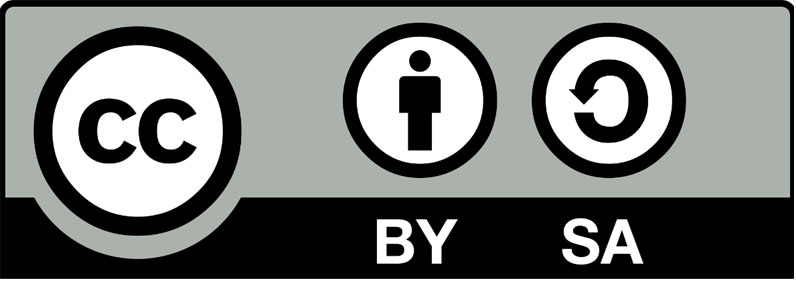EVALUATION MAPPING TO ASSESS URBAN PARK SUITABILITY ELEMENTS
Abstract
Keywords
Full Text:
PDFReferences
Azizah, U.I. and Jaya, A.M. (2016) ‘Ruang publik untuk kesehatan mental masyarakat perkotaan’, Jurnal Sains dan Seni ITS, 5(2).
Groat, L. and Wang, D. (2013) Architectural Research Methods Second Edition. Hoboken, New Jersey: John Wiley & Sons, Inc.
Hakim, R. (2018) Komponen Perancangan Arsitektur Lansekap, PT. Bumi Aksara. Jakarta.
Iskandar (2016) Psikologi Lingkungan. Bandung: Penerbit Refika Aditama.
Kellert, S.R. and Wilson, E.O. (1993) The Biophilia Hypothesis. Washington DC: Island Press.
Ministry for the Environment New Zealand (2020) Urban Design Toolkit.
Ministry of Agrarian Affairs and Spatial Planning Regulation (2022) Peraturan Menteri Agraria dan Tata Ruang/Kepala Badan Pertanahan Nasional Republik Indonesia Nomor 14 Tahun 2022 tentang Penyediaan dan Pemanfaatan Ruang Terbuka Hijau.
Ministry of Public Works (2008) Peraturan Menteri Pekerjaan Umum Nomor 05/PRT/M/2008 tentang Pedoman Penyediaan dan Pemanfaatan Ruang Terbuka Hijau di Kawasan Perkotaan.
Molnar, D.J. and Rutledge, A.J. (1992) Anatomy of a Park: The Essentials of Recreation Area Planning and Design. Waveland Press. Available at: https://books.google.co.id/books?id=VgQKAAAACAAJ.
Simonds, J.O. and Starke, B.W. (2006) ‘Landscape architecture: A manual of environmental planning and design’.
WHO (2022) Homepage. Available at: http://www.who.int/en/ (Accessed: 8 August 2022).
Wilson, E.O. (1984) Biophilia: The Human Bond with Other Species. Cambridge, MA, USA: Harvard.
Winarna, W., Bawole, P. and Hadilinatih, B. (2021) ‘Redefinisi ruang publik di masa pandemi COVID-19 studi kasus di kota Yogyakarta’, Vitruvian: Jurnal Arsitektur Bangunan dan Lingkungan, pp. 237–256.
DOI: http://dx.doi.org/10.12962%2Fj2355262x.v23i2.a22042
Refbacks
- There are currently no refbacks.
Indexing and Abstracting :

Journal of Architecture & Environment is licensed under a Creative Commons Attribution-ShareAlike 4.0 International License








